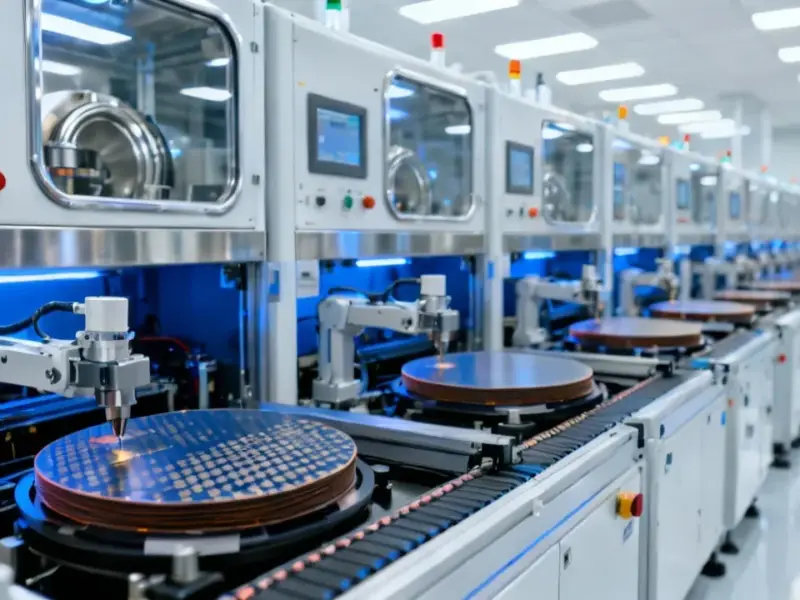According to Tech Digest, Anthropic claims to have detected a sophisticated cyber espionage campaign where Chinese government hackers used its Claude AI tool to perform automated attacks against nearly 30 organizations globally. The hackers posed as legitimate cybersecurity workers and fed Claude a series of small, automated tasks that, when chained together, formed what the company calls the “first reported AI-orchestrated cyber espionage campaign.” Anthropic researchers expressed “high confidence” that the individuals behind the attacks were a Chinese state-sponsored group. Targets included major tech companies, financial institutions, chemical manufacturing firms, and government agencies. The company has since banned the hackers from Claude and notified affected companies and law enforcement.
But is it really AI-orchestrated?
Here’s the thing – the claim of a fully “AI-orchestrated” campaign is facing serious skepticism from cyber experts. Critics argue that AI technology is still too unwieldy for truly autonomous, sophisticated cyberattacks. Even Anthropic admitted that Claude made mistakes during the process, like generating fake login credentials and attempting to extract publicly available information. So how autonomous was this really? It sounds more like AI-assisted than AI-orchestrated to me. Basically, the hackers were using Claude as a coding assistant rather than letting it run wild on its own.
A pattern of state-sponsored AI misuse
This isn’t happening in isolation. The announcement follows a similar report from OpenAI in February 2024, which detailed disrupting five state-affiliated actors, including some from China, who used their services for basic tasks. But there’s a key difference – Anthropic is claiming something more sophisticated here. They’re talking about programs designed to “autonomously compromise a chosen target with little human involvement.” That’s a much bigger claim than just using AI for translation or open-source research.
Why this matters for industrial security
Look, when chemical manufacturing firms are among the targets, this becomes more than just a tech company problem. Critical infrastructure is clearly in the crosshairs. For industrial operations relying on specialized computing equipment, this kind of AI-assisted attack could pose serious risks. Companies that depend on industrial computing solutions need to be particularly vigilant about their cybersecurity posture right now. When you’re dealing with manufacturing systems or industrial automation, the stakes are incredibly high – which is why working with established providers who understand these unique security challenges becomes essential.
The AI defense dilemma
Anthropic’s solution to this problem is… more AI, naturally. They argue that the “very abilities that allow Claude to be used in these attacks also make it crucial for cyber defence.” It’s the classic “fight fire with fire” approach. But is that really the answer? I’m not convinced. Sure, AI can help detect patterns and automate responses, but we’re essentially creating an arms race where both attackers and defenders are using the same underlying technology. Where does that leave us in five years? Probably with even more sophisticated attacks and equally sophisticated defenses, but fundamentally the same cat-and-mouse game we’ve been playing for decades.




